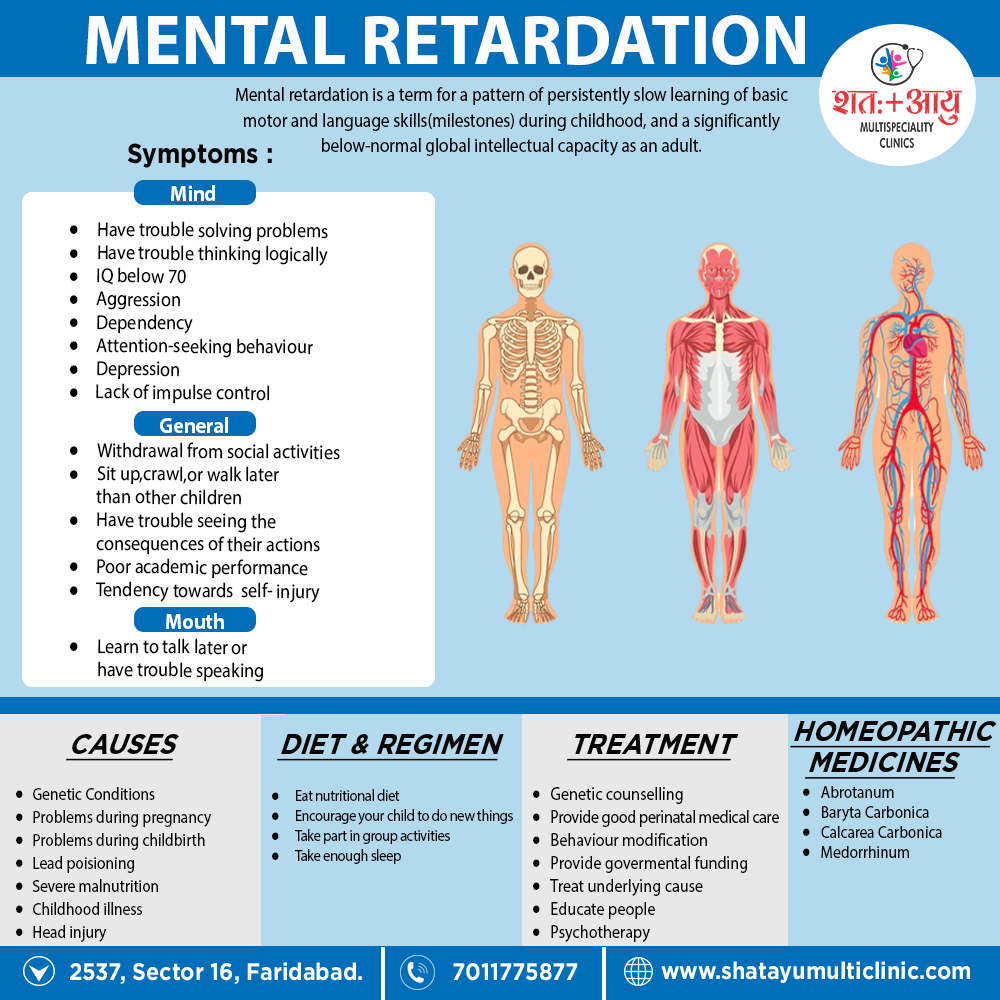According to the latest edition of the Diagnostic and Statistical Manual of Mental Disorders (DSM IV), there are three criteria before a person is considered to have a developmental disability.
An IQ below 70, significant limitations in two or more areas of adaptive behaviour (i.e, ability to function at age level in an ordinary environment), and evidence that the limitations became apparent in childhood.
It is formally diagnosed by professional assessment of intelligence and adaptive behaviour.
The following ranges, based on the Wechsler Adult Intelligence Scale (WAIS), are in standard use today:
- Class IQ.
- Profound mental retardation below 20.
- Severe mental retardation 20-34.
- Moderate mental retardation 35-49.
- Mild mental retardation 50-69.
- Borderline mental retardation 70-79. [2]
The diagnosis is made by the following steps:
History
General physical examination
Detailed neurological examination
Mental status examination, for the assessment of associated psychiatric disorders and the clinical assessment of the level of intelligence.
Investigations:
i. Routine investigations.
ii. Urine test, e.g. for phenylketonuria, maple syrup urine disease.
iii. EEG, especially in presence of seizures. iv. Blood levels, for inborn errors of metabolism.
v. Chromosomal studies, e.g. in Down’s syndrome, prenatal (by amniocentesis or chorionic villus biopsy) and postnatal.
vi. CT scan or MRI scan of brain, e.g. in tuberous scle ro sis, focal seizures, unexplained neurological syndromes, anomalies of skull confi guration, severe or profound mental retardation without any apparent cause, toxoplasmosis.
vii. Thyroid function tests, particularly when cretinism is suspected.
viii. Liver function tests, e.g. in mucopolysaccharidosis.
Psychological tests:
The commonly used tests for measurement of intelligence i.e.:
i. Seguin form board test.
ii. Stanford-Binet, Binet-Simon or Binet-Kamath tests.
iii. Wechsler Intelligence Scale for Children (WISC) for 6½ to 16 years of age.
iv. Wechsler’s Preschool also Primary Scale of Intelligence (WPPSI) for 4 to 6½ years of age.
v. Bhatia’s battery of performance tests.
vi. Raven’s progressive matrices (e.g. coloured, standard and advanced).
The tests used for the assessment of adaptive behaviour include:
i. Vineland Social Maturity Scale (in other words; VSMS).
ii. Denver Development Screening Test (in other words; DDST).
iii. Gesell’s Development Scale. [1]

